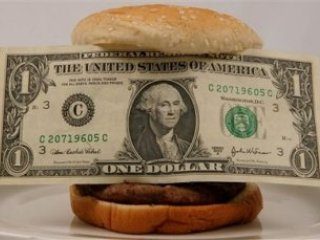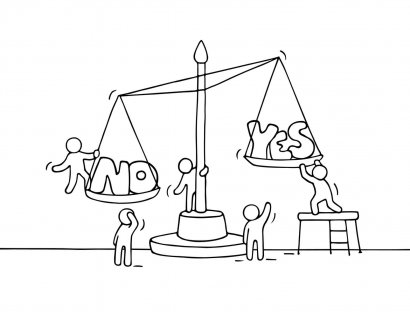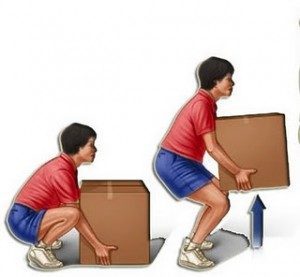 Technology is understood as the set of work processes, techniques and machinery designed to transform daily activities. From prehistory to the present, technology has not stopped evolving. Among the various modalities, there is a classification that distinguishes, through the denomination of "hard", the machines and devices that one can easily observe, and another that with the title of "soft" includes intangible processes that allow surprising results, such as an educational teaching proposal.
Technology is understood as the set of work processes, techniques and machinery designed to transform daily activities. From prehistory to the present, technology has not stopped evolving. Among the various modalities, there is a classification that distinguishes, through the denomination of "hard", the machines and devices that one can easily observe, and another that with the title of "soft" includes intangible processes that allow surprising results, such as an educational teaching proposal.
Hard technologies
This section includes machines, tools, robots and telecommunications networks. Simply put, it is about tangible things. Regarding its general characteristics, we can highlight two:
1) are innovative tools that facilitate tasks and
2) provide greater speed and efficiency than traditional procedures.
Plastic is one of the most characteristic materials of this type of technology. It is an organic substance, with a high molecular weight and that can be molded easily. This material has a smooth, waterproof surface, but it is not a good conductor of heat. It is made from cheap raw materials that can be easily obtained.
Plastics are divided into two groups: thermoplastics and thermosets. The former do not experience physical changes during their modeling and remain soft under high temperatures (this modality comes from materials of vegetable and mineral origin, such as cellulose or polyethylene). Thermosetting agents are formed from heat with or without pressure and it is a particularly hard product (the most commonly used raw materials are resins).
Soft technologies
The product of this type of technology is not tangible, since its purpose is to improve the functioning of institutions and organizations. This concept applies to companies, commercial activities or services.
An educational methodology, an accounting system, a logistics procedure or a marketing campaign are examples of soft technologies. The important thing in them is not the what but the how and for this reason the idea of know-how has become popular.
Offices 3.0 as an example of soft technology
Workspaces have been transformed significantly in recent years. The offices of the 21st century have two characteristics:
1) employees work telematically without the need to travel to a fixed location,
2) there is a productivity and communication platform that is grouped in the virtual cloud and that allows the use of all kinds of tools (power point, excel, email, conference services via skype, or online storage systems) .
The 3.0 offices do not have fixed hours, nor papers, nor offices. In short, thanks to technology, the workplace is no longer the place where the machines are.
Photo: Fotolia - aynur_sh









